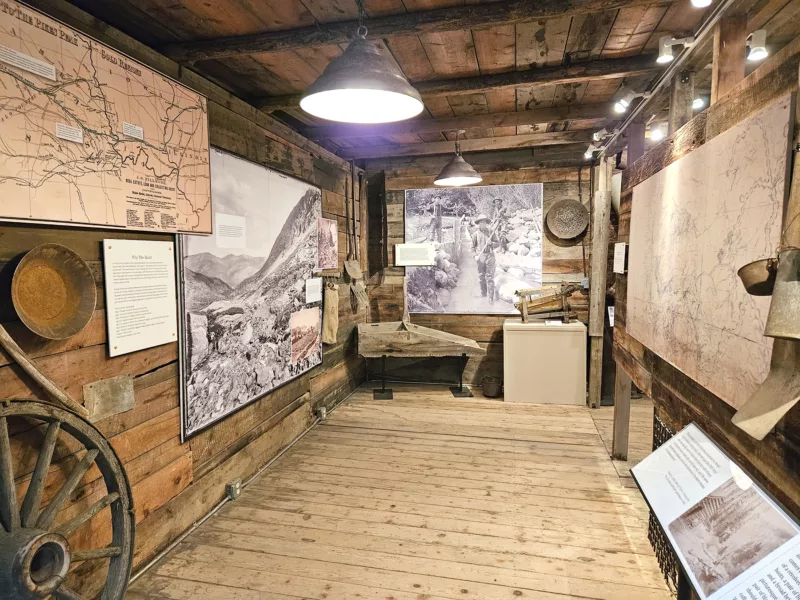
Making History Happen: A new exhibit at Lomax
During the month of May we were all about making history happen with a new exhibit at Lomax and other adventures.

During the month of May we were all about making history happen with a new exhibit at Lomax and other adventures.
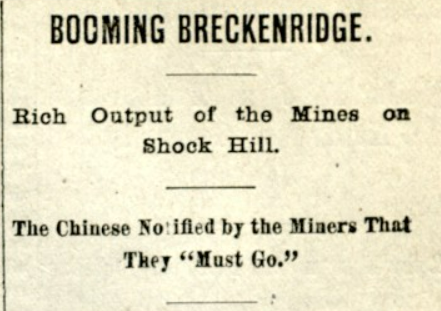
One of our new blog post categories is Our Collective History, but what does that really mean? When we think about history, there are specific events, ideas, and people who have helped to shape eras and places in…
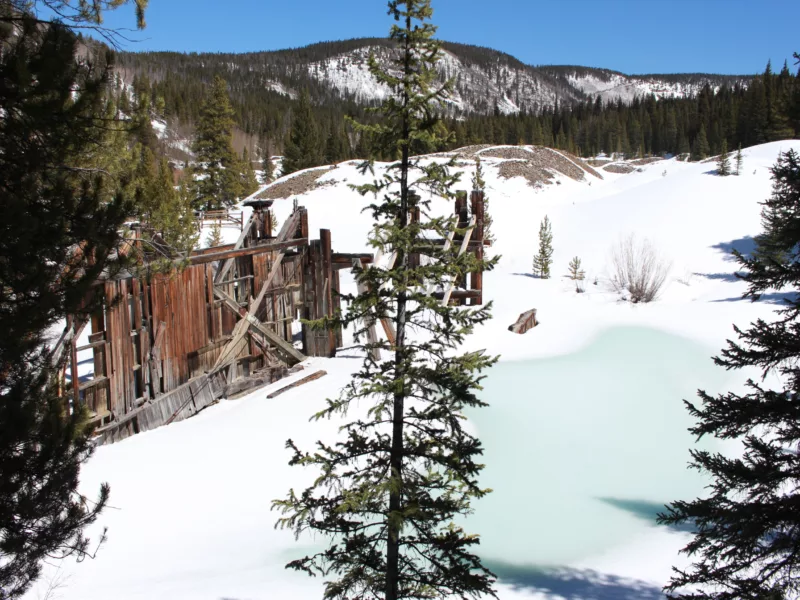
A look at the new blog post category, Why We Collect, with a focus on nature and how our mining history is still on display.
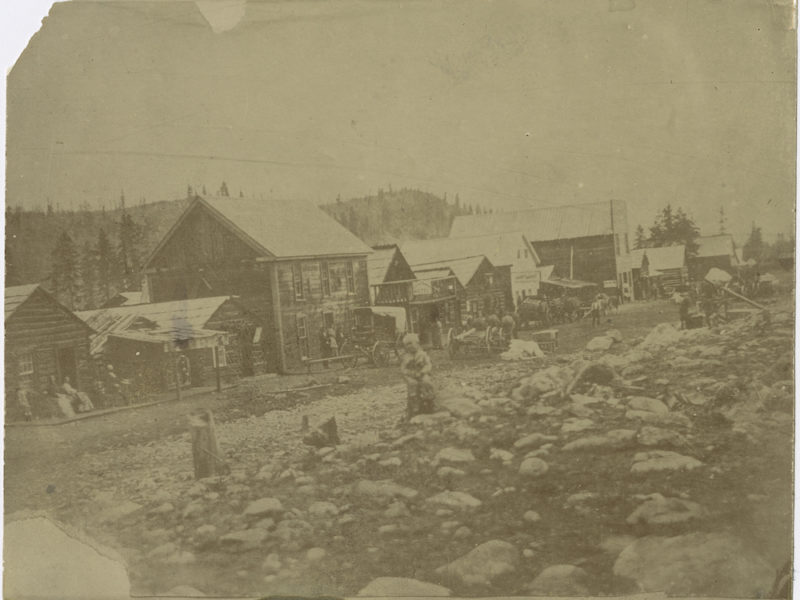
Breckenridge History is the leading authority on the rich and colorful history of our town. We are a small non-profit with a dedicated and passionate team of staff, volunteers, and historians. Part of our mission is to share our town’s heritage with the public and we offer museums, tours, hikes, and gold panning here in charming Breckenridge. For those who prefer a good read or can’t make it to Breckenridge to visit us, we’ve written essays on various topics.
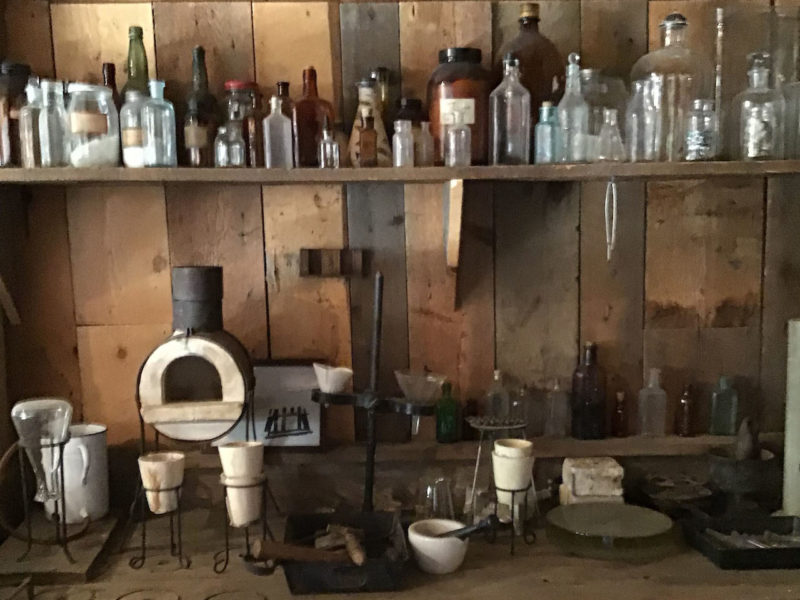
How did the individual prospector roaming the hillsides with his burro, pan, and pick know if he had found economically valuable ore? How did a mining company know if the ore produced could earn a profit for the company? They both depended on chemical assays. Every prospector knew how to do a “field assay” to determine the worth of his ore. Mining companies employed an assayer working in a well-equipped assay office to complete the task.
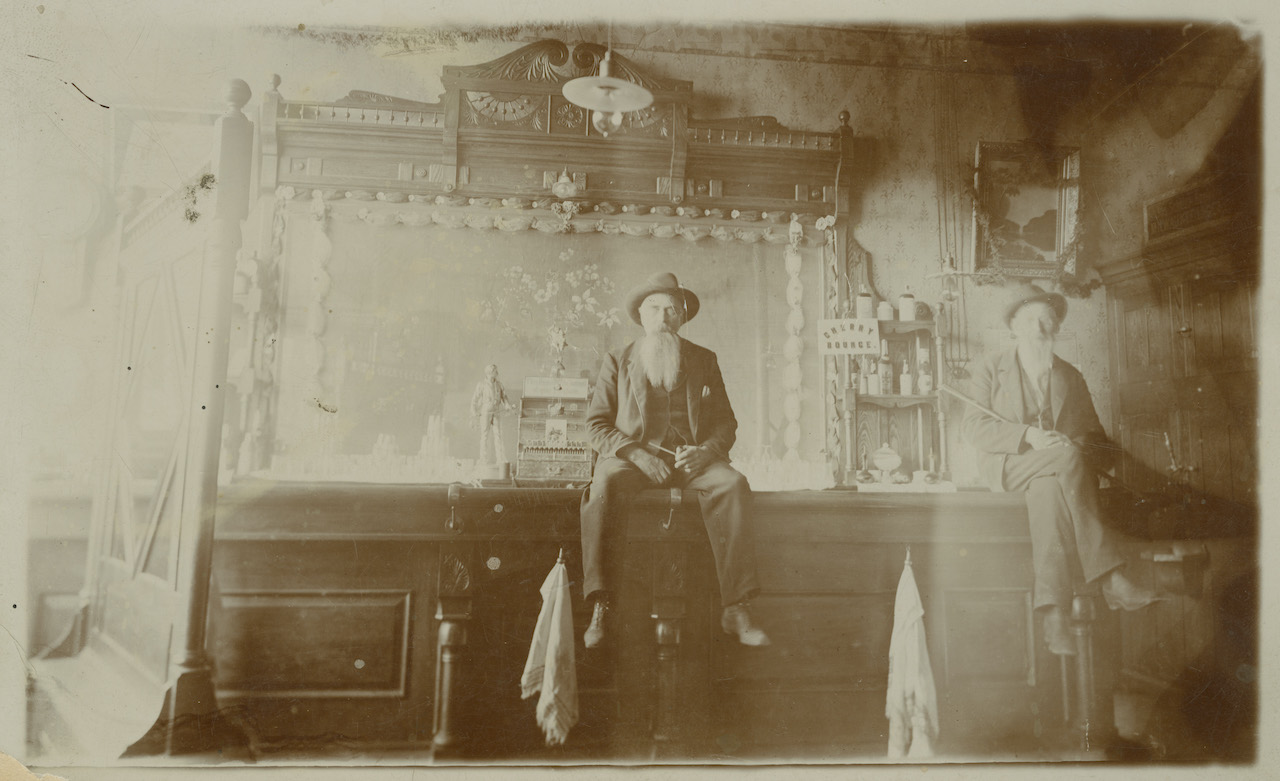
Probably no business establishment on the mining frontier played a more important role than the saloon. Whiskey, the primary refreshment sold in the saloons, arrived in what became Summit County during the reign of the mountain men (1820-1850). …
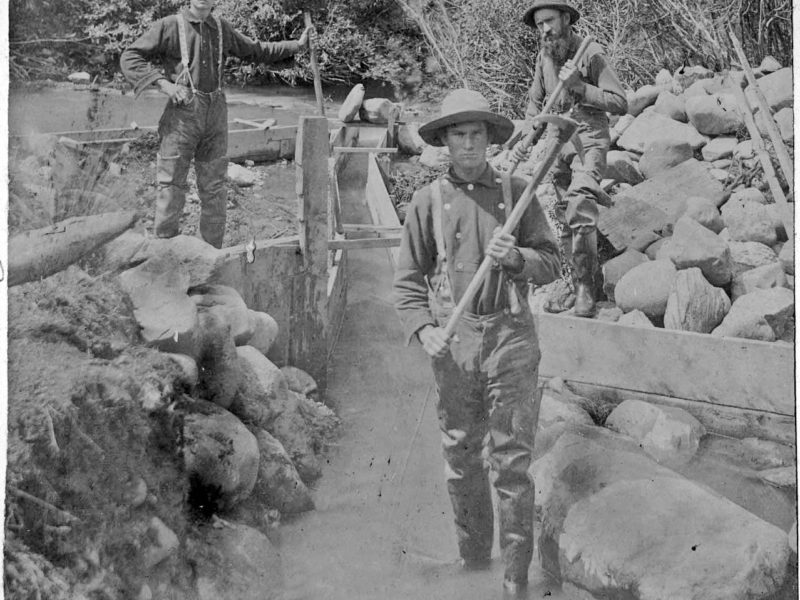
If it weren’t for the glaciers that filled the alpine valleys as recently as 10,000 years ago, the history of Summit County would have been quite different. Glaciers and running water (rain and snowmelt) eroded gold-bearing rocks in the mountains and carried the flakes of gold into the county’s streams and rivers. There they settled to the bottom of the deep glacial gravels that filled these valleys to depths as much as 90 feet.
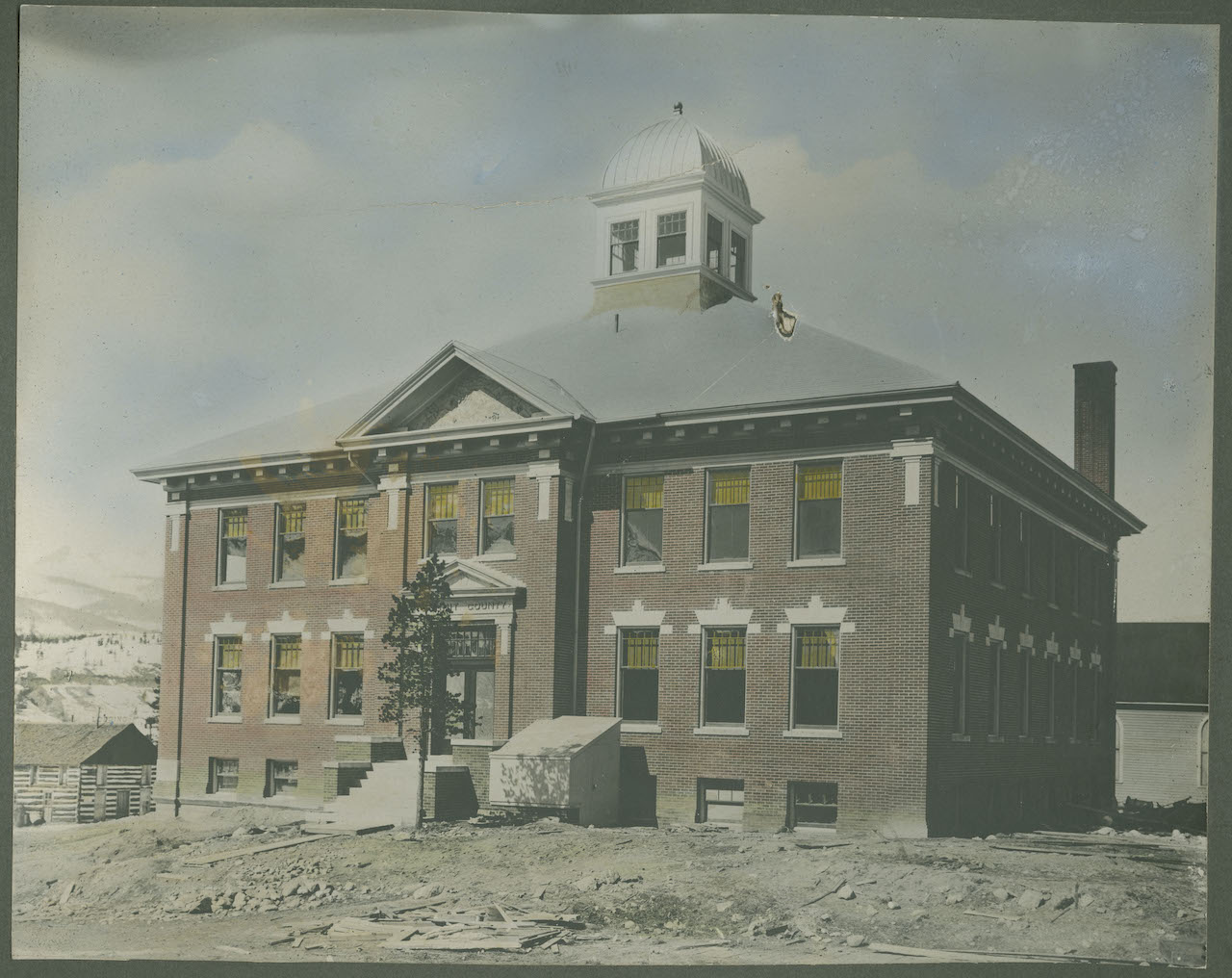
When the first prospectors and miners arrived in what would become Summit County, no legal or governmental structure existed–no federal, state, county or town governments, no sets of laws–to guide their interactions. This lack of a structure presented problems. How did one file a claim? How did one keep others from stealing that claim? How could disagreements be settled? To alleviate the problem, miners and prospectors adopted an idea used in California–the mining district.
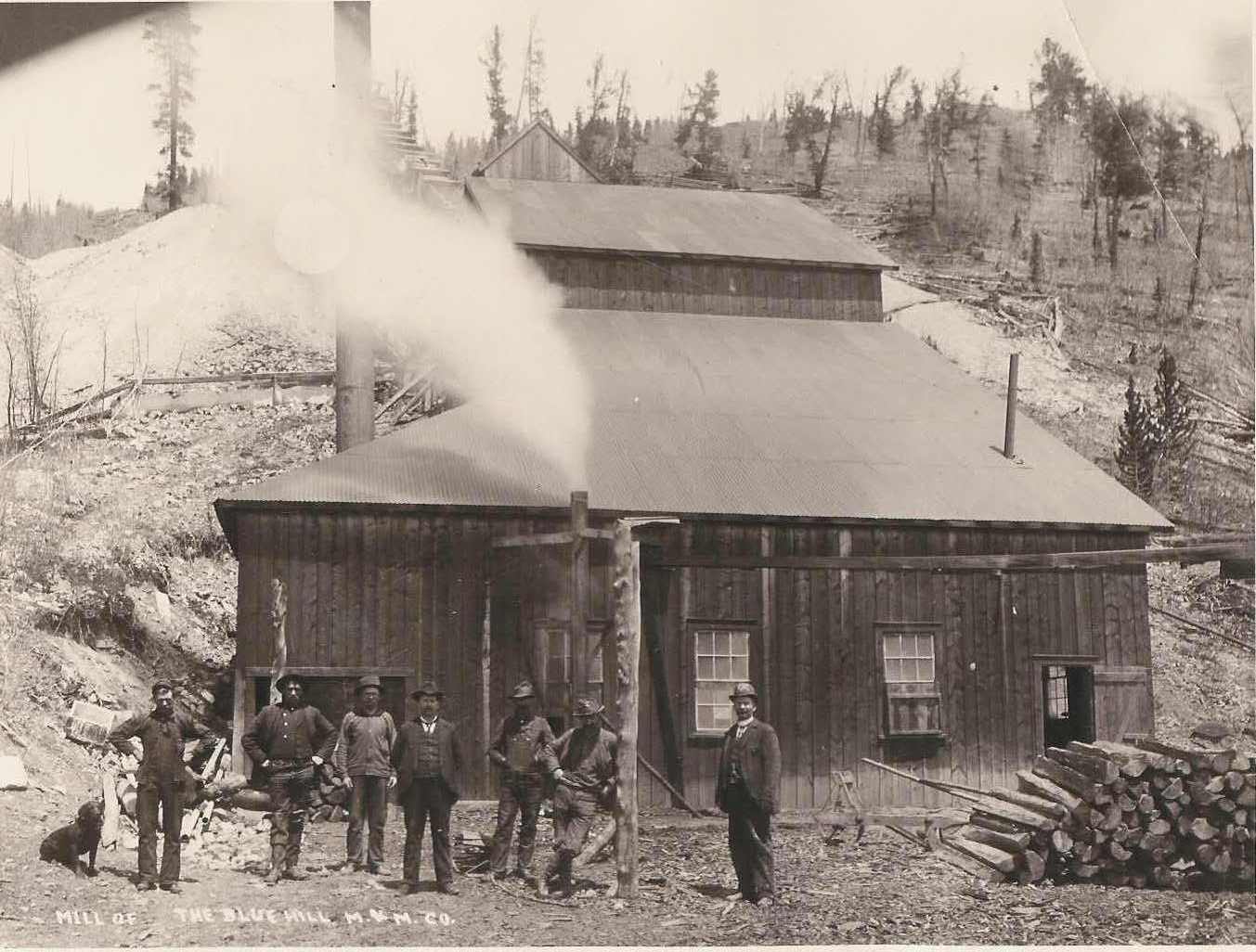
Nuggets taken from streams and free gold retrieved by panning, sluicing and dredging could go directly to the smelter. Before the gold found in the ore taken from hard rock mines became gold ingots or gold coins, it went several complicated rounds of chemical and mechanical processing. Men and machines at mills worked together to pulverize and break down the ore, discard the waste rock and prepare the concentrated ore for further processing.
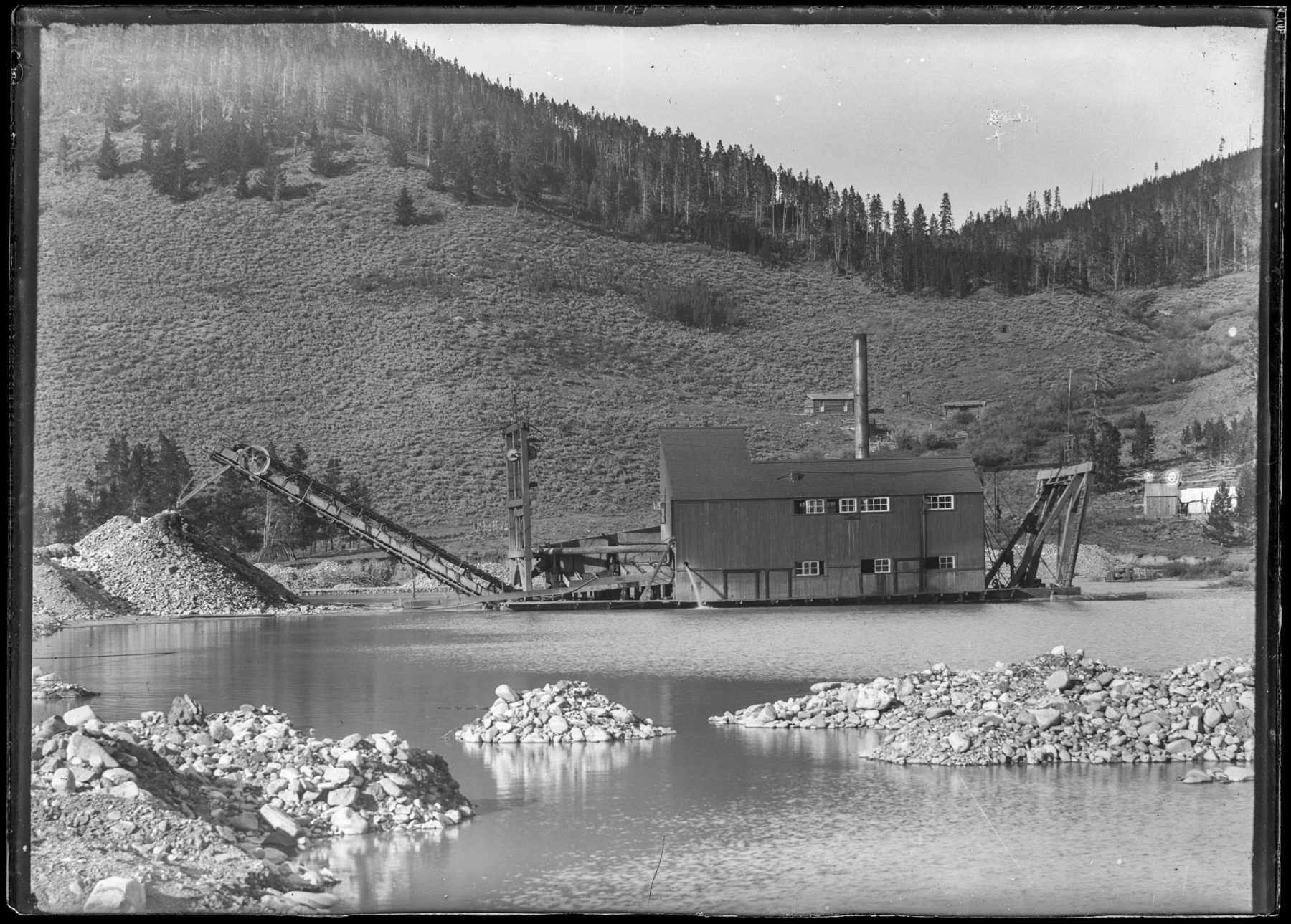
Breckenridge and southern Summit County experienced three mining booms. The first, lasting from 1859 until the mid-1860s, brought prospectors who looked for the “easy” gold–the nuggets in streams, the pieces laying on the ground and buried in shallow soils on the hillsides. They used pans, rocker boxes, long toms, and later high pressure hoses called “giants” to wash the gold-filled soil into sluice boxes. The second boom, the hard rock mining boom, began in the 1870s. Rather than the individual prospector chasing his dream, companies hired miners and others to work the mines.
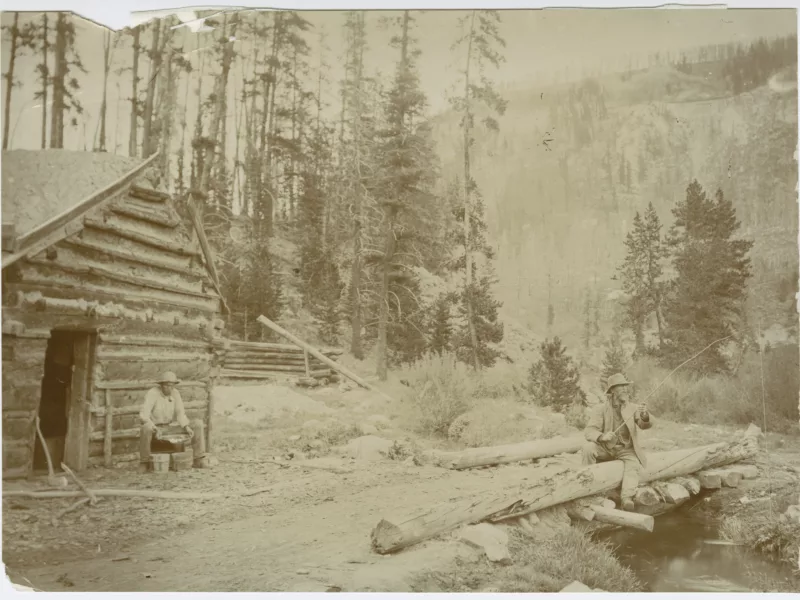
The day started early and ended late for miners and others working in the mines of Summit County. Mining companies expected their workers to be down in the mine at 7:00 a.m. ready to go. This required the miners to rise early and walk or ride to work, sometimes in heavy snow and the darkness of the winter months, from a family home, boarding house or perhaps company housing.